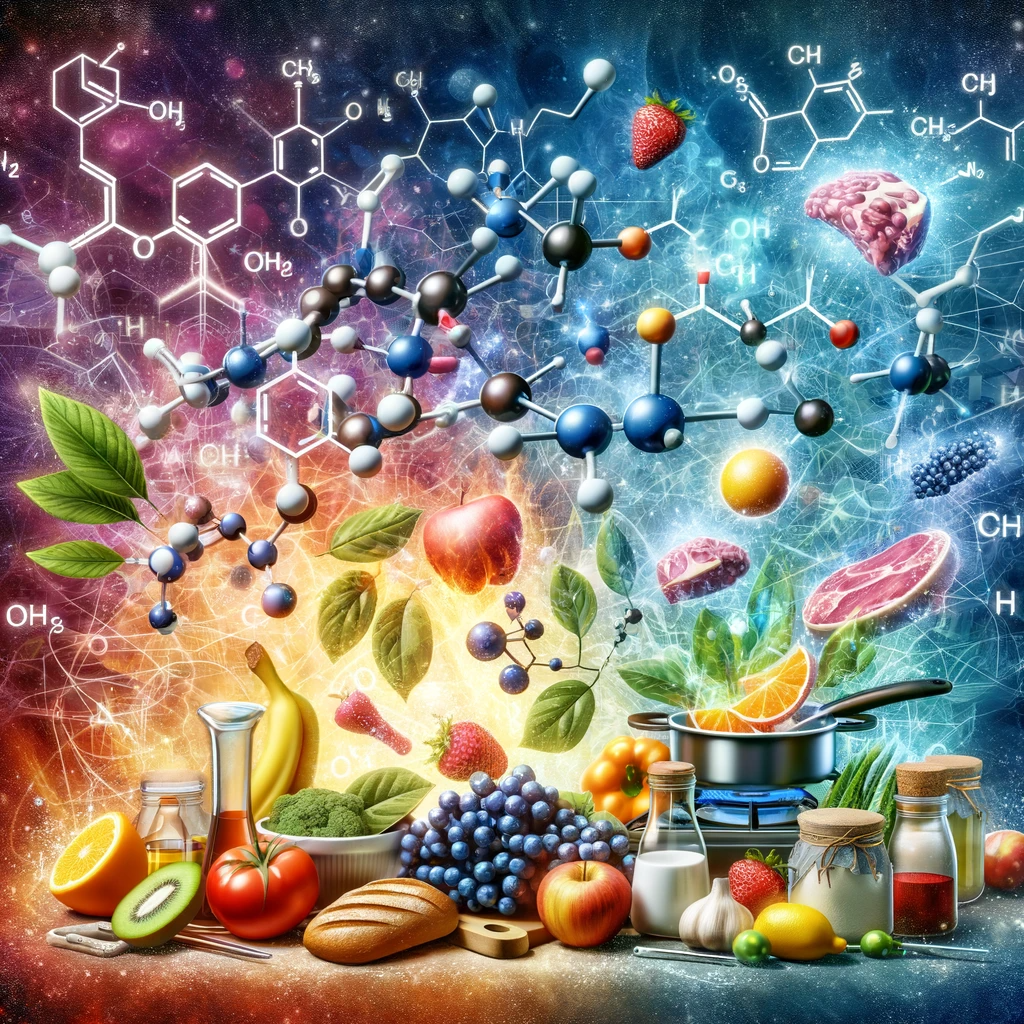Introduction
When you take a bite of your favorite dish, have you ever stopped to wonder about the incredible science behind the flavors, textures, and aromas that delight your senses? Every culinary creation is a masterpiece of chemistry, where food ingredients interact in fascinating ways to create the taste sensations we love. In this article, we’ll dive into the world of food chemistry and explore how it shapes the art of cooking. Discover the secrets behind your favorite flavors as we uncover the magic of food ingredients.
- Understanding Flavor Chemistry
Flavor is the heart and soul of any dish, and it’s all about chemistry. The perception of taste is influenced by a combination of sweet, salty, sour, bitter, and umami flavors. These tastes are a result of complex chemical reactions that occur when we consume food. For example, the Maillard reaction, responsible for browning and enhancing flavor in grilled meats and baked goods, is a prime example of flavor chemistry in action.
- Texture Transformation
Have you ever wondered why a perfectly grilled steak is juicy and tender, while overcooking makes it tough and dry? It all comes down to the chemistry of proteins. Cooking induces various transformations in proteins, resulting in changes in texture. Understanding these reactions can help chefs create dishes with the desired mouthfeel, whether it’s the silkiness of a custard or the crispness of a potato chip.
- Emulsions and Sauces
Sauces are the unsung heroes of many dishes, and they rely heavily on emulsions. An emulsion is a stable mixture of two immiscible liquids, like oil and water, held together by an emulsifying agent. Mayonnaise, vinaigrettes, and hollandaise sauce are all examples of emulsions. The chemistry behind these sauces is crucial for creating the perfect consistency and taste.
- Leavening and Baking
Baking enthusiasts will appreciate the role of leavening agents in achieving those perfectly risen cakes and fluffy bread. Chemistry plays a pivotal role here, with baking powder and yeast undergoing chemical reactions that produce carbon dioxide gas, causing the dough or batter to rise. Understanding the chemistry of leavening agents is key to achieving baking success.
- Preservation and Food Safety
Chemistry is also essential in food preservation and safety. Techniques like canning, pickling, and refrigeration rely on chemical principles to extend the shelf life of food and prevent spoilage. Additionally, understanding the chemistry of foodborne pathogens helps ensure the safety of the meals we prepare and consume.
- The Role of Molecular Gastronomy
Molecular gastronomy takes food chemistry to a whole new level. Chefs in this field use innovative techniques and ingredients to create unique dining experiences. From liquid nitrogen ice cream to foams and gels, molecular gastronomy demonstrates the creative possibilities when you harness the power of chemistry in the kitchen.
Conclusion
The next time you savor a delectable dish, remember that it’s not just a product of culinary artistry but also a triumph of food chemistry. Appreciate the science behind your meals and gain a deeper appreciation for the skilled chefs and home cooks who leverage these chemical principles to create culinary masterpieces. Whether you’re a seasoned chef or an aspiring home cook, understanding the science of food ingredients can elevate your cooking skills to new heights. Embrace the chemistry of food, and let it inspire your culinary creations!
